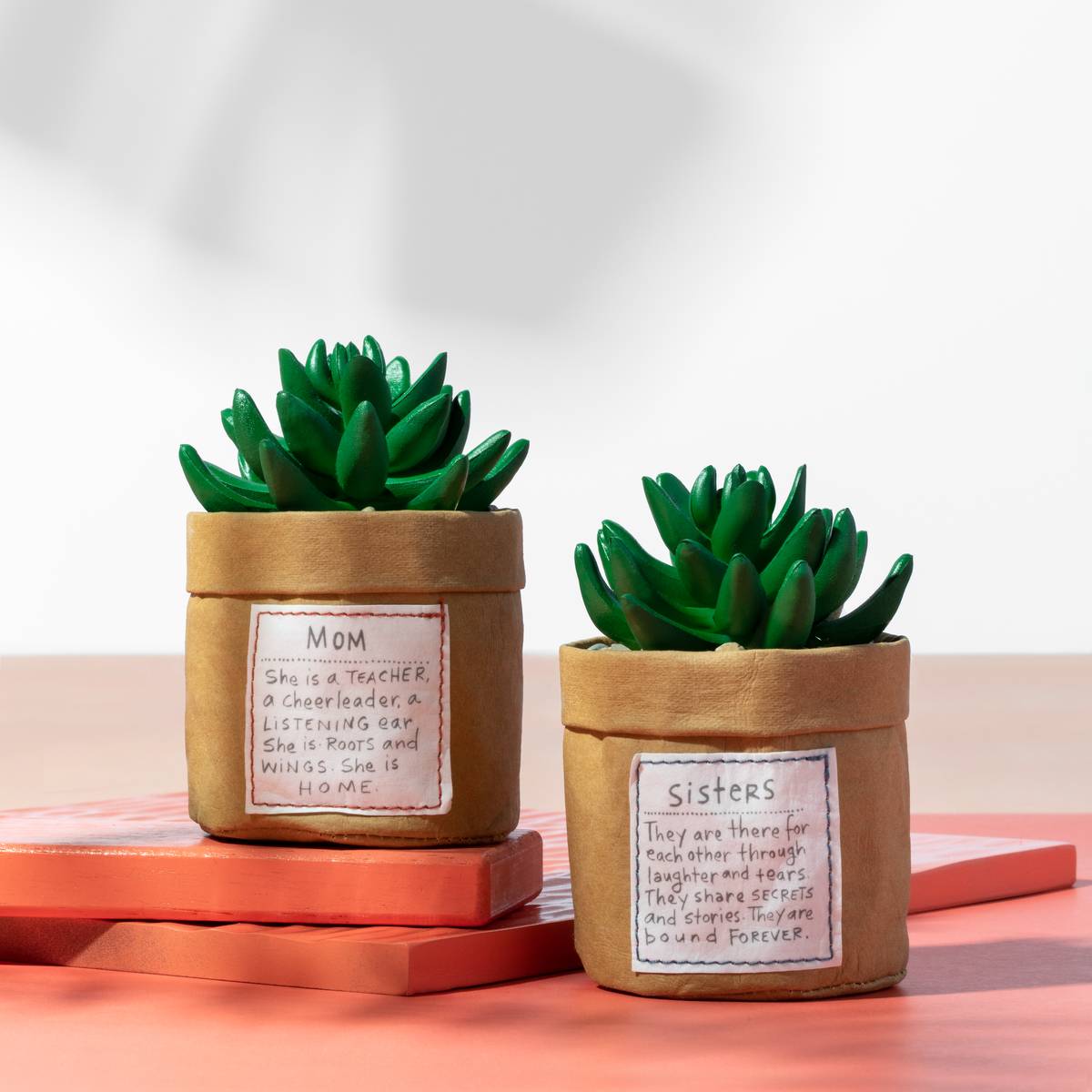A Beginner's Guide to Gardening
We've all been there: trying to bring a dried up, crinkly, brown plant back to life... whoops!
(Updated April 2024)
Not everyone is born with a green thumb, and that's quite alright. Caring for a plant is a tricky balance of light but not too much light, water but not too much water, attention but not too much attention. They're temperamental little creatures! We have faith that you can develop a green thumb, and with these helpful gardening tips, you'll be a natural in no time.
Gardening Tips for Beginners
First of all, the trick is to cling to the little instruction insert your plant (most likely) came with. Most plants purchased from big-box stores come with instructional inserts that simply outline your little, leafy life's basic needs. This handy dandy piece of paper is gold.
That being said, sometimes these sheets of paper get lost, or perhaps you purchased your plant from a local nursery and it just didn't come with one — that's why we're here!
1. Watering
Rookie mistake #1: over-watering. Over-watering is just as harmful as under-watering. Many plants don't need water until the top inch or so of soil feels dry. Press your fingertip into the soil to see if it feels moist or dry.
Moist: no need to water quite yet — don't forget to check back. Dry: give it a drink. Add enough water to leave the soil saturated, but not overflowing.
2. Drainage
When choosing a new home for your foliage, make sure the planter has a drainage hole. This allows the soil to drain so the roots can get enough air. Plus, it helps mitigate over-watering. If the pot does not have a drainage hole, keep your plant in its original plastic container and take it in and out of the cute planter when you water it. Few plants can tolerate just sitting in stagnate water!
3. Repotting
If your greenery is actively growing, repotting every 12 to 18 months is a good idea. Slower growing plants can stay in the same planter for years, just freshen up the soil. Springtime, the start of growth season, is the best time to re-pot houseplants.
Three ways to visibly check on your plant:
- The soil is drying out faster than normal
- Its roots are growing through the drainage hole
- The roots are wrapped tightly in the pot
4. Sunshine or Shade
Keep your greenery away from harsh sunlight until you figure out its need. Put your plant in a well-lit spot out of direct sunlight to gauge this. One way to tell if it's getting too much sun is from 'burn marks' on the leaves, i.e., dried, brown spots. This means your foliage would prefer less direct sun. If it looks droopy after living in a more shaded area, put it in a sunnier spot!
5. Observation
Observing your plant is the best way to learn its needs. Try different things without giving up because you can easily revive it if you're carefully keeping an eye on it. Don't be afraid to play around with it. They're more durable than you think.
6. Safety First
Keep plants away from dogs and cats. Some plants are not safe for animals and some animals may accidentally harm your plants (enter wagging tails).
Still unsure whether you could be a plant parent? We believe in you and know you can do it, but we get it.
Autumn, our Social Media Specialist, who admittingly does not have a green thumb, loves our decorative faux plants and succulent diffusers (which offer natural scents)! These are great at giving life to any space without the worry.
